Author: Daniels
-
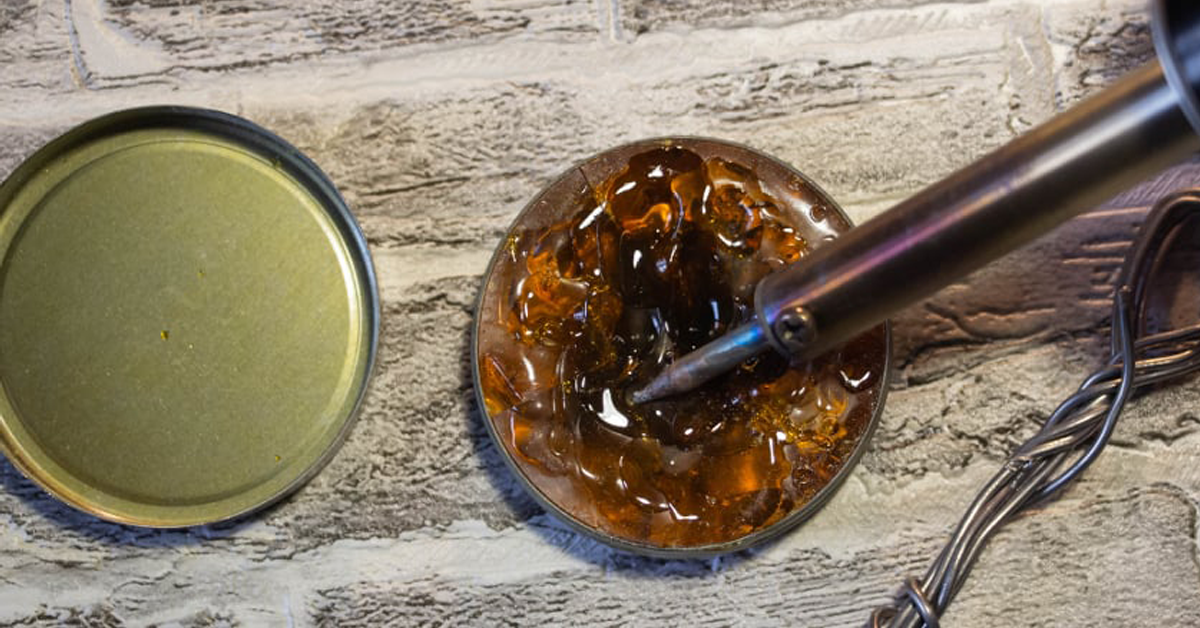
Most Popular Types of Fluxes in Electronics
Most people are familiar with solder as that is the main ingredient and the visible result for creating reliable electrical connections and connecting components to a printed circuit board (PCB). But soldering requires clean surfaces without any oxidation and impurities. This is where soldering flux comes to save the day! Soldering flux is a chemical…
-
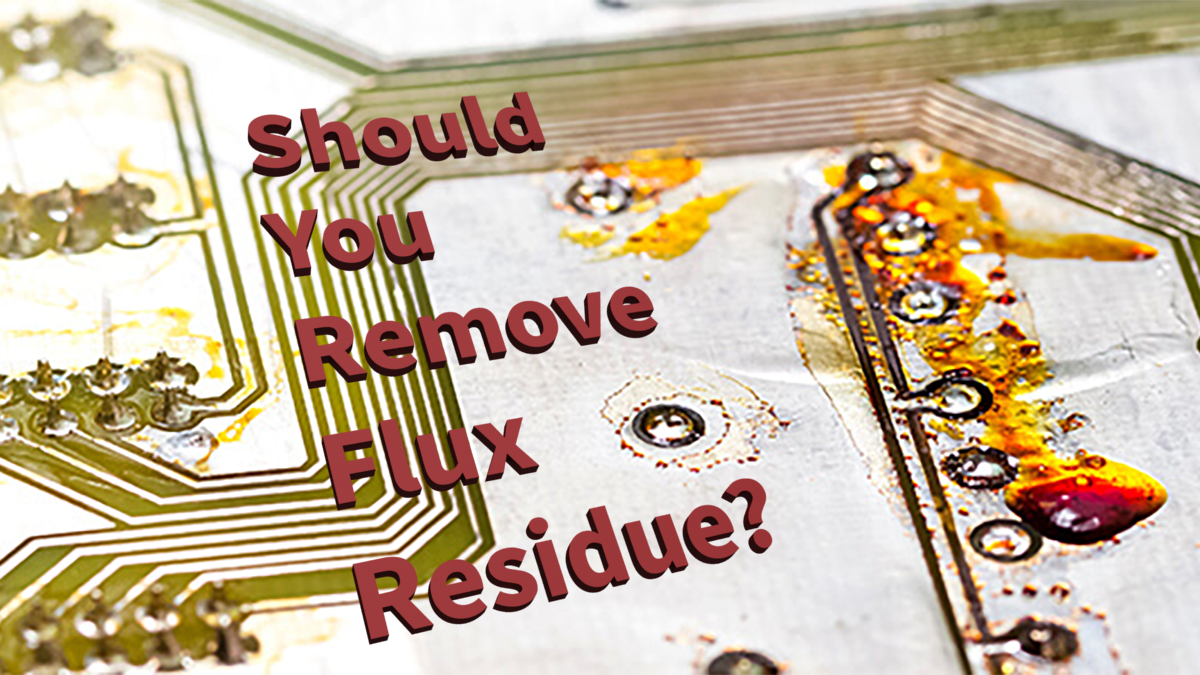
Do You Need to Remove Soldering Flux After Soldering?
If you have soldered before, you might have encountered situations in which the solder doesn’t “want” to stick to the contacts or even flow where you intended. When soldering, any amount of oxidation and impurities can make the process more challenging and even lead to a bad solder joint or poor electrical connection. That is…
-
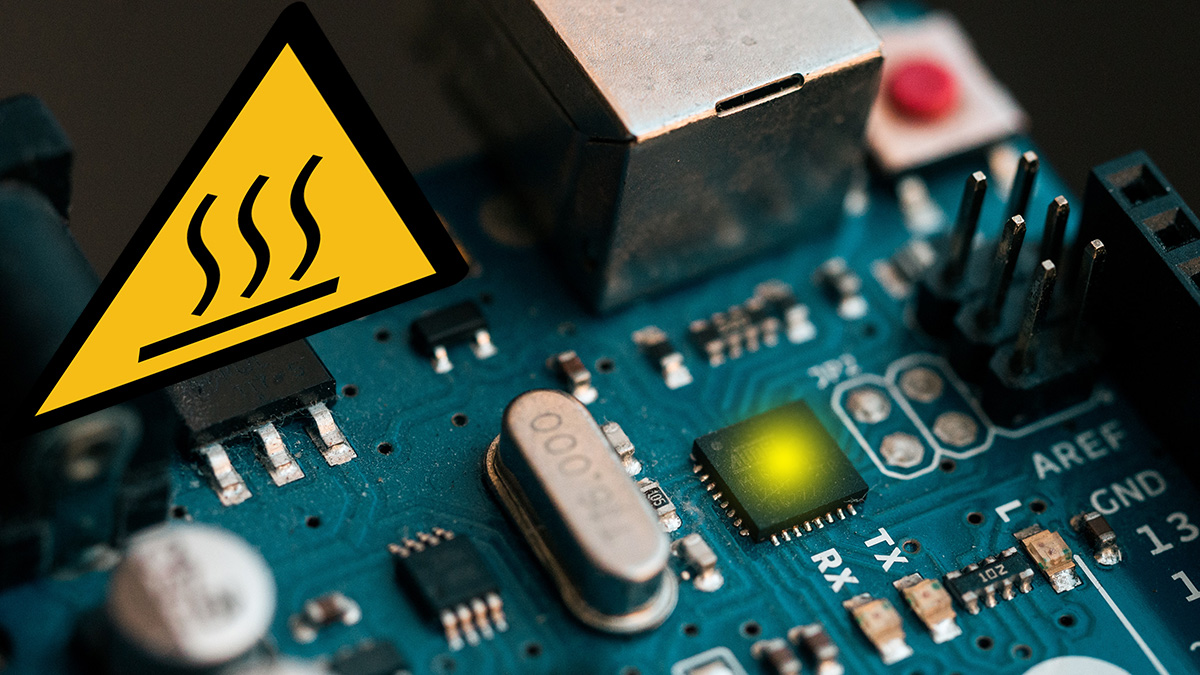
How much amps or current can Arduino handle?
How many amps can your Arduino board pins handle? Do datasheets lie? Answers online might mislead you! Find out the real answer in this blog post!
-
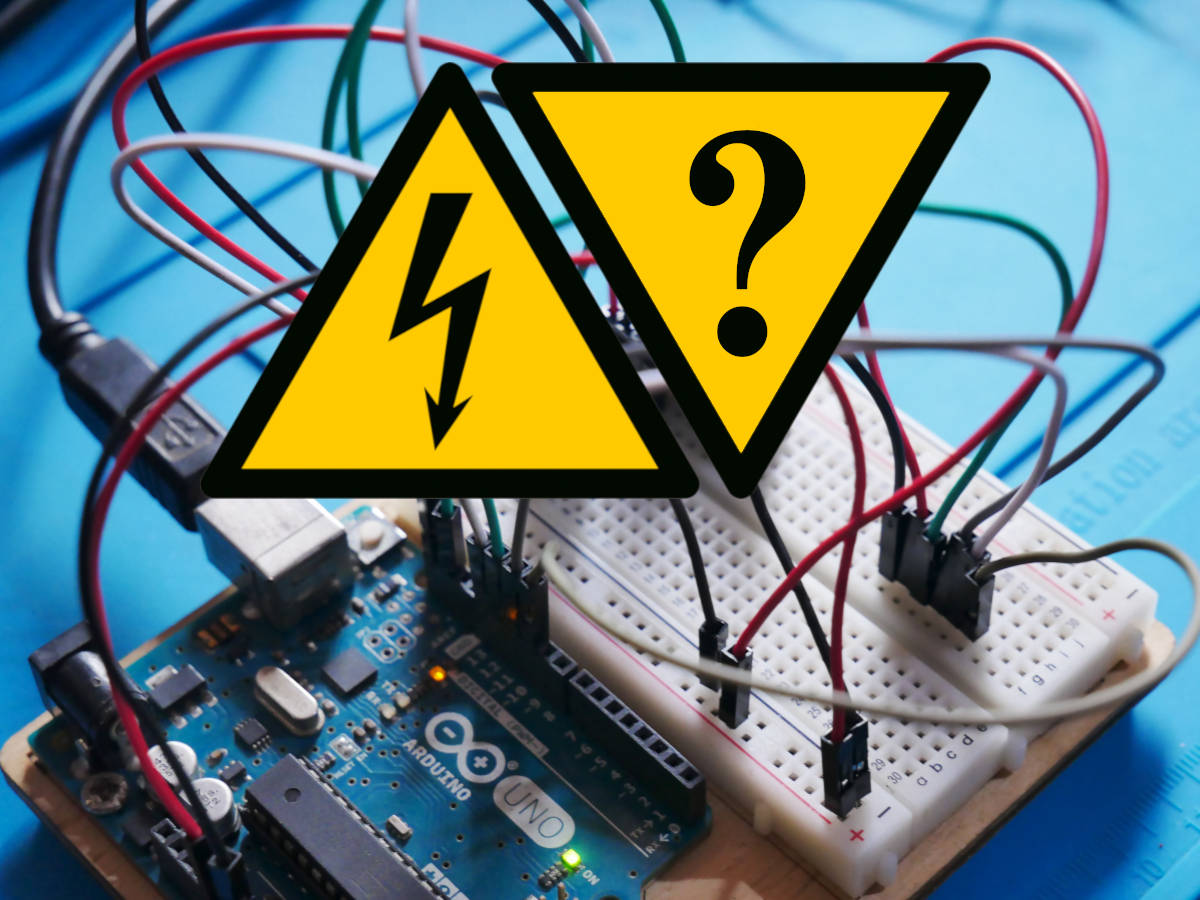
How many volts can your Arduino handle?
How many volts can you Arduino board output and handle on its inputs? Is it dependent on the input voltage? Find out in this blog post!
-
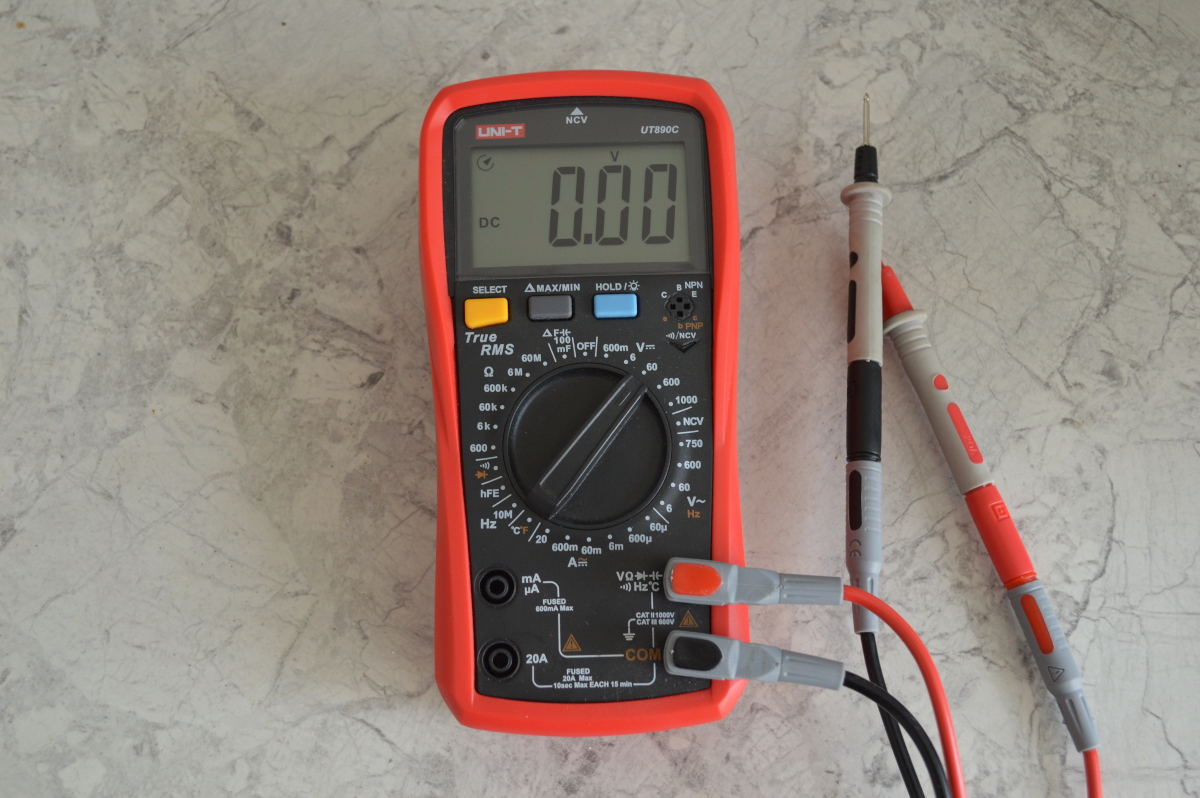
Can You Damage Electronics With A Multimeter?
Multimeters are used for a variety of tasks and can provide crucial information when you’re wiring something in or diagnosing a device. Most commonly, they’re used for measuring voltage, resistance and current, but some multimeters have additional capabilities like diode forward voltage, continuity, capacitance, bipolar junction transistor (BJT) amplification and temperature measurements. In the hands…